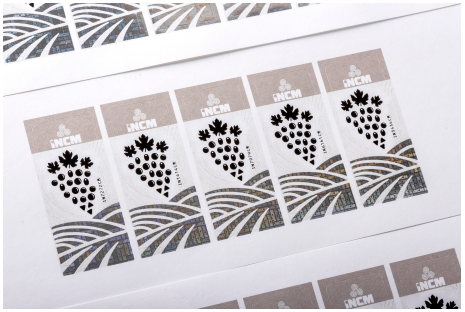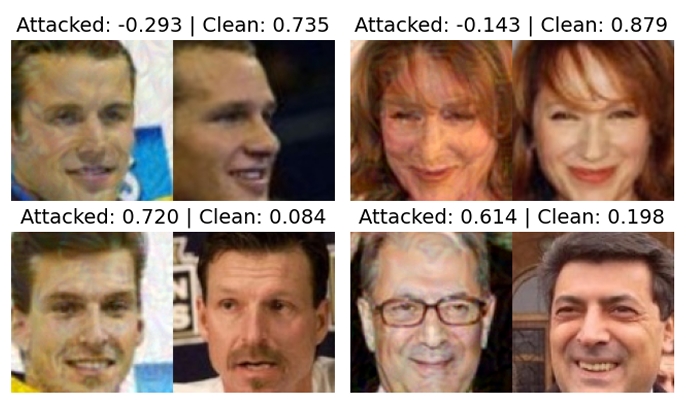
Featured in:
MD Thesis
Authors:
Ana Almeida
Machine-Readable Codes (MRC) have been used for several purposes over the years and classic approaches like the bar code or the QR Code can be seen everywhere in our day-to-day. However, more recently, a new MRC was created with the ability to combine the communication power of classical methods with a meaningful improvement on aesthetics and data capacity. This method is named UniQode. The UniQode has two major advantages over classical MRCs: aesthetics and larger coding capacity. Consequently, it opens new possibilities for several purposes such as product identification, tracking, marketing and seller-buyer communication. This new MRC method is composed by several elements, one of them being the Graphic Code (GC). This element can be created in two different ways, either with pixels or with icons, or, sometimes, both.The pixel-based GC has been extensively researched and its accomplishments will be presented in this document. However, the icon-based GC still represents a new concept with a mostly unstructured creation method.In this dissertation, the proposed work encompasses not only a formalisation of the generation method for icon-based GC, but also the creation of a tool for this type of encoding process, in order to quicken this operation while also generating its formal documentation.With the achievement of the proposed work, the industrialisation of this type of code is made possible and facilitated, and future work on this area is widened. Such work could comprise the development of a corresponding decoding tool, the enhancement of this project’s tools abilities, among other aspects.


© 2024 VISTeam | Made by Black Monster Media

Institute of Systems and Robotics Department of Electrical and Computers Engineering University of Coimbra